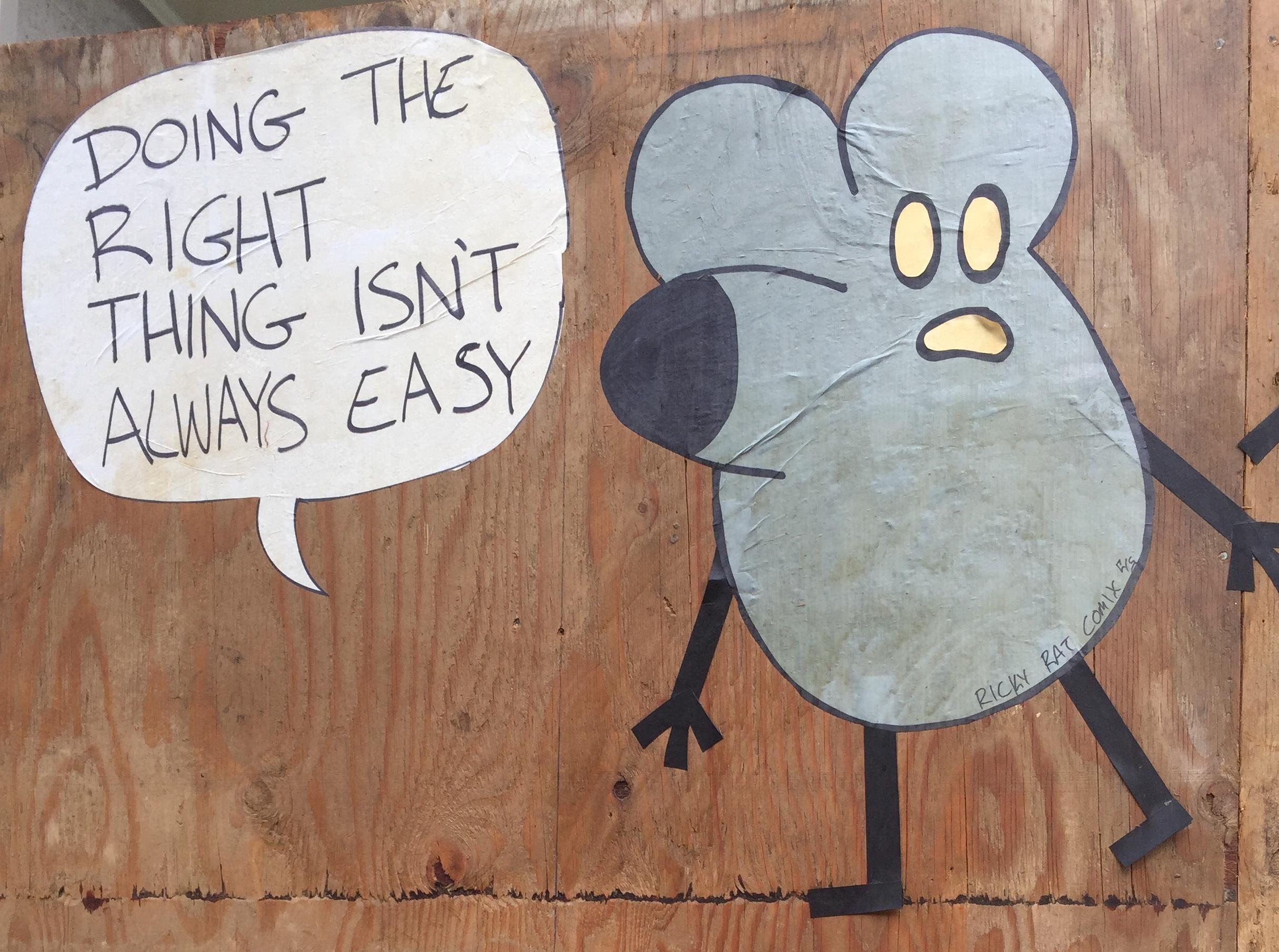Are These Fundraising Appeal Best Practices Holding You Back?
 Full confession: I’ve used the franken “best practice” appeal structure for years. And honestly? It works — especially if you borrow generously from the best of the best appeal writers. I’ve even taught these practices at conferences, on webinars, and through consulting engagements.
Full confession: I’ve used the franken “best practice” appeal structure for years. And honestly? It works — especially if you borrow generously from the best of the best appeal writers. I’ve even taught these practices at conferences, on webinars, and through consulting engagements.
You probably know the formula:
-
Lead with the beginnings of a story illustrating your mission.
-
Introduce a compelling need or problem.
-
Offer a specific, credible solution.
-
Ask.
-
Provide more context about the need.
-
Share more details about the solution.
-
Ask again.
-
Suggest a hopeful conclusion — one the donor can help create.
This structure isn’t wrong.
It’s a well-intentioned attempt to do all the right things.
But over time, something gets lost. It becomes less of a cohesive narrative and more of a checklist — a stitched-together collection of tactics. And like any Frankenstein’s monster, it can start to look and feel… unnatural.
You Can Do Better Than Franken-Fundraising
Here’s the truth: I know better now.
Details





 Everyone’s been saying this, just about daily, for some time.
Everyone’s been saying this, just about daily, for some time.



